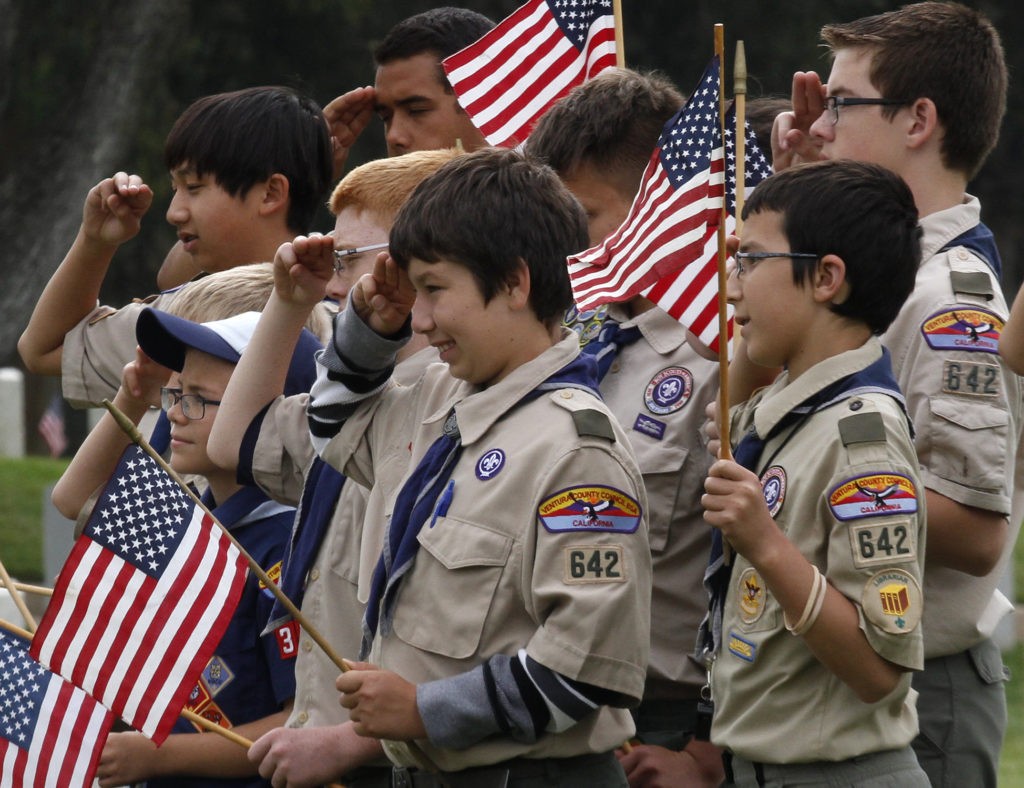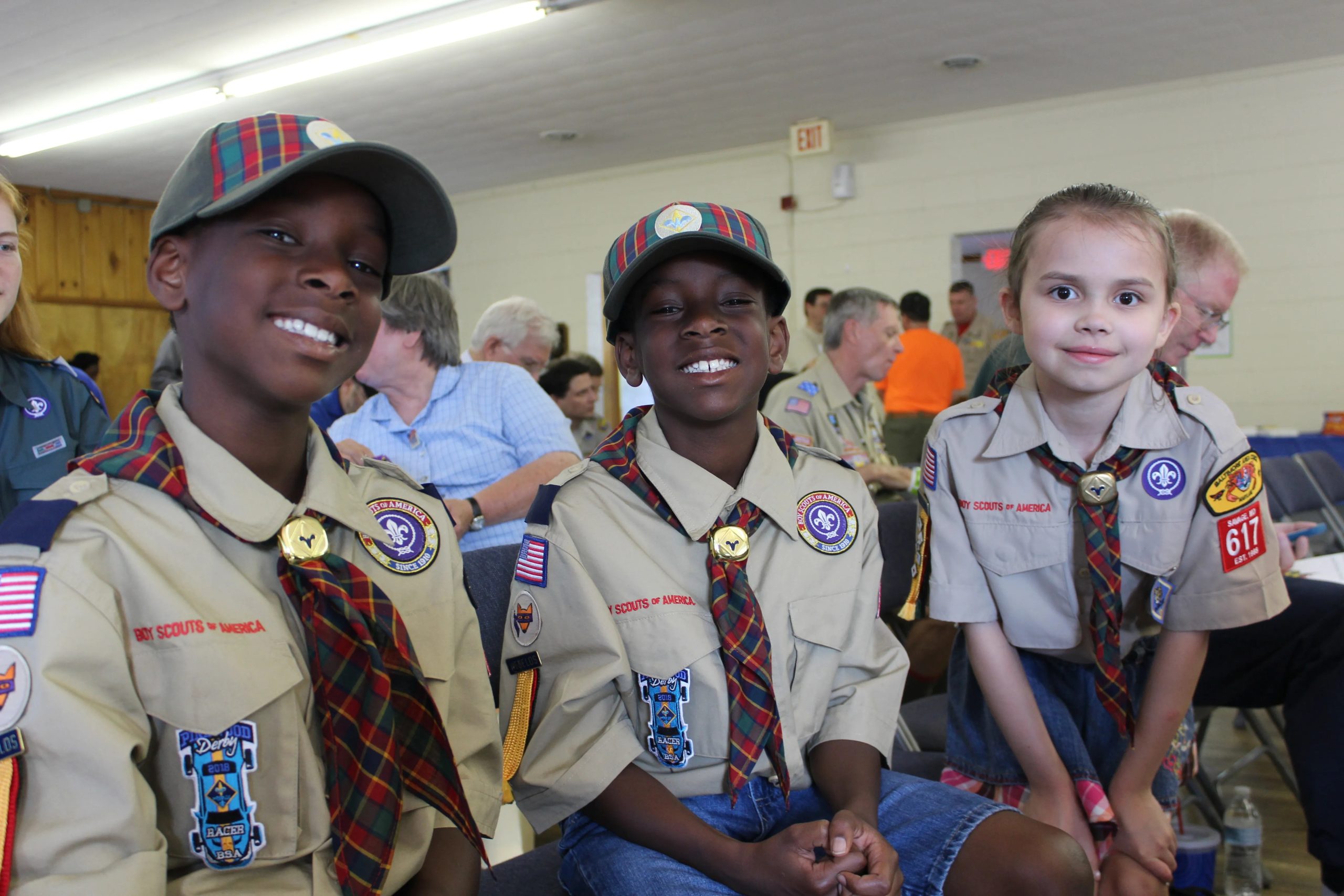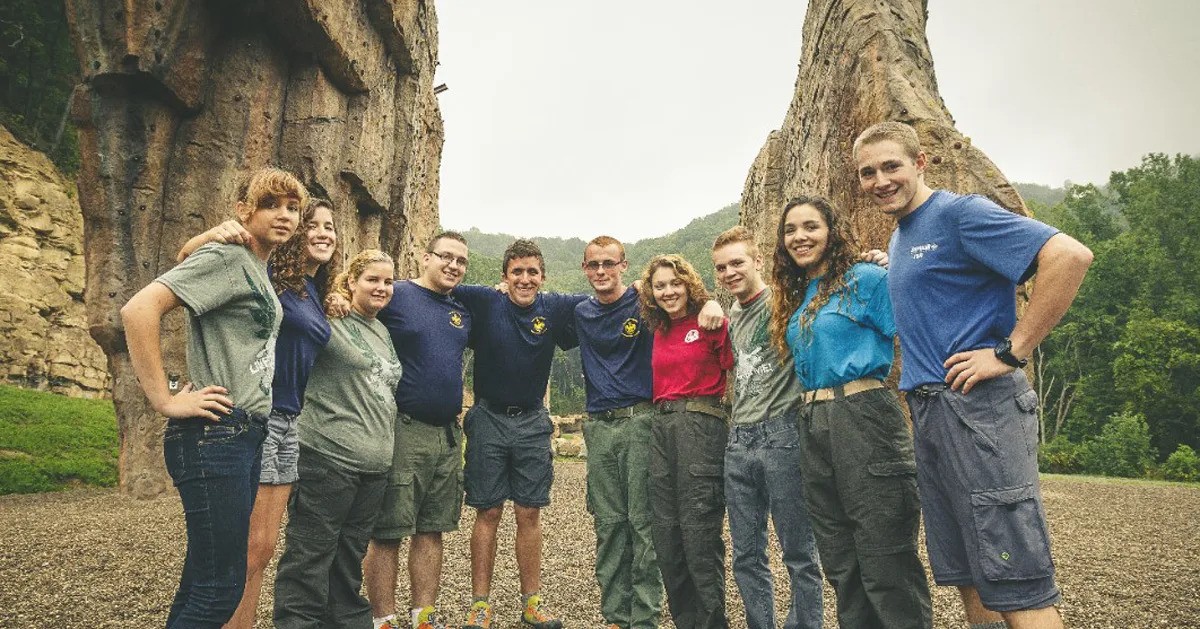Scouting and Social Capital – Improving Civic Engagement and Economic Mobility
The Boy Scouts of America, through its current work and through the methods identified here, can make a meaningful difference in improving civic engagement and economic mobility in the United States through the development of social capital among participants. This organization and others can play an important role in strengthening America’s social fabric and building connections among an increasingly fractured population.

The Boy Scouts of America (BSA) can use its strengths to improve social capital outcomes for the youth and adults it serves. The BSA is currently building social capital throughout the United States and can make targeted improvements to improve civic engagement and economic mobility among youth.
The Challenge
A majority of Americans report non-belonging, meaning they are unsure or ambiguous about whether they belong or experience exclusion. Additionally, economic mobility is declining in the United States, with youth less likely to earn more than their parents compared to previous generations. The Boy Scouts of America, while still serving millions of youth in the United States, has faced declines as well in recent years. Social capital, the connections, networks, or relationships among people and the value that arises from them is important for healthy individuals, communities, and societies. One aspect of social capital is the relationships between people of different backgrounds and characteristics. Higher levels of this type of social capital can influence economic mobility and civic engagement. Children who grow up, for example, with more cross-class interaction, are more likely to rise out of poverty. Unfortunately, we know that people tend to associate with others like them – even after desegregation efforts in schools and neighborhoods, people and youth have been shown to self-segregate into like groups.
The Solution
The BSA is primed to help reverse declining economic mobility and civic engagement as a result of declining social capital while also improving its own membership trends. Research has demonstrated that young men involved with the BSA are more likely to stay involved in their community, with duration in the program positively associated with community involvement, community volunteering, and community activism. BSA units, due to their ties to religious institutions and other civic organizations rather than schools, offer structured settings for folks of varying socioeconomic backgrounds to meet and bond. BSA events at local, regional, and national levels offer opportunities for youth from different backgrounds to meet in a structured but fun environment. There are four distinct strategies, expanded upon here for a broader context, that the BSA can implement to improve these desired outcomes.
- Enable volunteers to use data. – The BSA has access to quality data about the youth it serves and makes that data available to volunteers and staff primarily through the online portal “Scouting.” The BSA can make additional efforts to ensure that volunteers at all levels are fluent in interpreting data and making use of it to improve outcomes.
- Recruit more girls and minorities. – The BSA now welcomes female youth into all of its programs and uses a program called ScoutReach to develop Scouting in historically underserved populations, primarily in urban areas. The BSA should make concentred efforts to increase representation from these groups to increase the diversity of the organization and foster cross-class interactions.
- Leverage organizational relationships beyond religious institutions. – While the BSA does require religious belief for membership, it need not be heavily reliant on religious institutions to charter units. The BSA may be able to attract a wider set of participants through further engagement with non-faith-based organizations such as civic and fraternal organizations, which could, in turn, help promote civic engagement of the youth involved.
- Enhance use of recent alumni. – The program, while filled with alumni generally, lacks recent (young) alumni in the volunteer ranks. It can include more of these recent alumni to build trusting relationships with folks closer in age while strengthening the volunteer membership levels.
The Players
To improve civic engagement and economic mobility through the social capital power of Scouting, the BSA should engage with the following players:
- BSA Professionals do much of the work that keeps the organization going from the local level to the national. The BSA needs to engage this group with any changes to ensure they are on board and willing to implement programs.
- BSA Volunteers provide the backbone of the organization. Providing detailed training on using “My.Scouting” to its fullest potential, especially related to data analysis, will be helpful to grow the program.
- Recent alumni can be actively recruited to develop trusting relationships and a better volunteer pipeline. As girls start to earn Eagle and age out, they can be included for a more diverse volunteer corps.
- Community Organizations beyond religious institutions can be brought to the table to charter more units. The BSA will need to help them understand the two-way benefits they receive by taking part in the Scouting movement and work to show them the safety and effectiveness of the program.
The Promise
The Boy Scouts of America, through its current work and through the methods identified here, can make a meaningful difference in improving civic engagement and economic mobility in the United States through the development of social capital among participants. This organization and others can play an important role in strengthening America’s social fabric and building connections among an increasingly fractured population.



